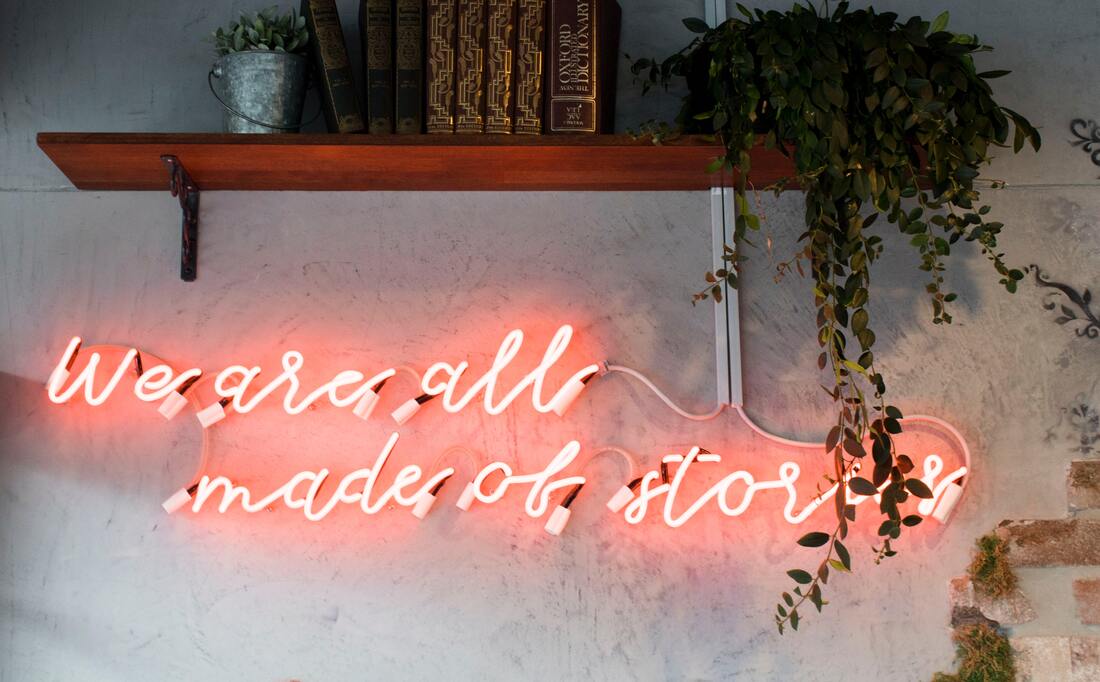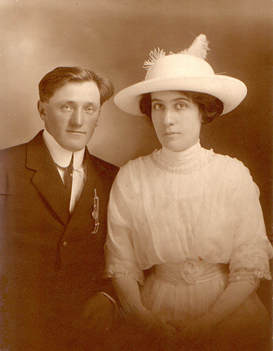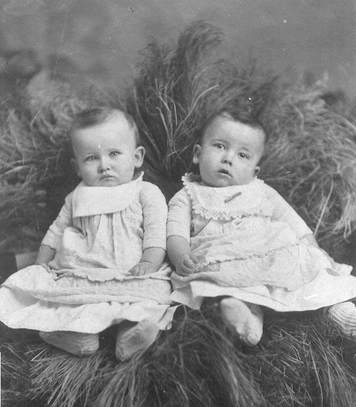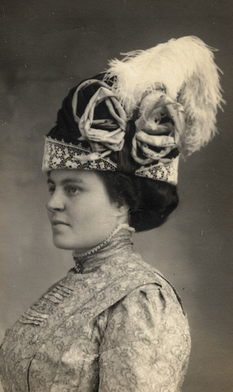 Photo by S O C I A L . C U T on Unsplash There is nothing like reading letters from family and friends from years past. They jog your memory about events, and you can hear their voices through their written correspondence. We have spent more time this summer talking about research and records, today let’s look at the importance of capturing stories I am always on the lookout for hints and tips for capturing the stories of others as well as my own story to share with future generations. A recent article, ’16 Things to Write Down About Yourself for Posterity’ by Allison Dolan on the FamilyTree Magazine site provided some wonderful tips using starter sentences. These help to trigger the who, what, where and when of an event or as the article notes: person, place, event and adjective to describe it. These are referred to as Sunny’s Memoir Mad Lib in the article. (If you’re wondering what a mad lib is (I was)…according to Wikipedia: Mad Libs is a phrasal template word game which consists of one player prompting others for a list of words to substitute for blanks in a story before reading aloud. The game is frequently played as a party game or as a pastime.
Below I created an example based on their format. On a (n) [adjective] day, [person] and I [event] On a sunny day, Grandpa and I traveled to town where we sold the eggs and cream from their farm. Please check out the full article which has additional ideas for the things that you might want to capture for your story for future generations. Sometimes I think we get stuck thinking that everything written must be profound or witty or amazing. Just imagine if one of your earlier ancestors had jotted down just a few of those suggestions. It would be a treasured document. I’ve recent acquired a new book called “How to Write Compelling Stories from Family History” by Annette Gendler. I enjoy the author’s approach which is to provide examples of how people used a particular method to share their stories. She also includes perspective on how readers may interpret information based on how we present it. For example, if you use three of your five page document talking about a tangent story related to a cousin’s visit that will become the focus of the reader, instead of the story of how your grandparents survived the “dirty thirties” which was what you were trying to convey.. It doesn’t mean that you can’t include those tales but just like writing a fictional novel, you need to figure out key things like your theme and what it is you want future generations to know. As much fun as researching for new information about our family is, if we do not take the time to capture those stories and results into something tangible, that information is lost. Have fun exploring new ways to write your family story. Happy writing!
0 Comments
Leave a Reply. |
AuthorWith a lifelong passion for genealogy and history, the author enjoys the opportunity to share genealogy tidbits, inspiring others to research and write their family story. Archives
July 2024
Categories |



 RSS Feed
RSS Feed